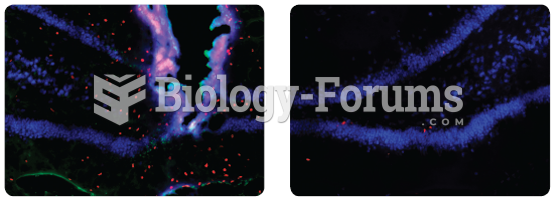Answer to Question 1
Behaviors to look for:
Sedentary lifestyle
Snacks
Family's dinner-time ritual: TV trays or together at the dinner table?
Parents' knowledge about benefits of fruits, vegetables, whole grains, and physical activity should be assessed.
Parents restriction of highly desired food (may lead to overeating when food is available)
Meals away from home/fast-food/restaurant frequency
It may help to explain that she feels tired because of the sleep apnea. Once that is treated and she begins a regular schedule of physical activity she may want to be more active.
Being sedentary is the biggest. She also seems to habitually snack while doing nothing.
Answer to Question 2
The American Diabetes Association recommends the following lipid profile, which is the same as the general population's recommendation.
- LDL < 100 mg/dL
- HDL > 40 mg/dL for men
- Cholesterol < 200 mg/dL
- TG < 150 mg/dL
As a part of diabetes education, an individual should be counseled on fiber and how it affects glycemic control/heart health.
- The recommendation for fiber is 25-30 g per day
- Patients can be instructed to subtract half of the carb grams when fiber content is greater than 5 g per carbohydrate choice/serving.
- Increasing fiber intake by increasing fruit, vegetable, and whole grain consumption instead of refined grains or simple carbohydrates can also help reduce cholesterol by 2-3 and lower LDL levels by 7.
- Fiber acts as a cardioprotective agent that generally may improve one's lipid profile.
Diabetes increases an individual's risk for cardiovascular disease. Hypertension also increases the risk of CVD. This is why targeting cholesterol and hypertension is a part of the cardioprotective nutrition therapy that is associated with diabetes education.
Studies have shown that treatments targeting cholesterol and hypertension reduce CVD in people with diabetes.
- Cardioprotective nutrition therapy includes: Reduction in saturated fat, trans fatty acids, and total fat.
When counseling Mitch on diabetes, one should incorporate consistent carbohydrate intake; reduction of saturated fat, trans fatty acids, and total fat; and reduction in sodium. This will decrease Mitch's risk of cardiovascular disease, which is a complication associated with diabetes. Fiber should also be discussed.
Weight loss/increased levels of physical activity can improve insulin resistance and HDL levels.







